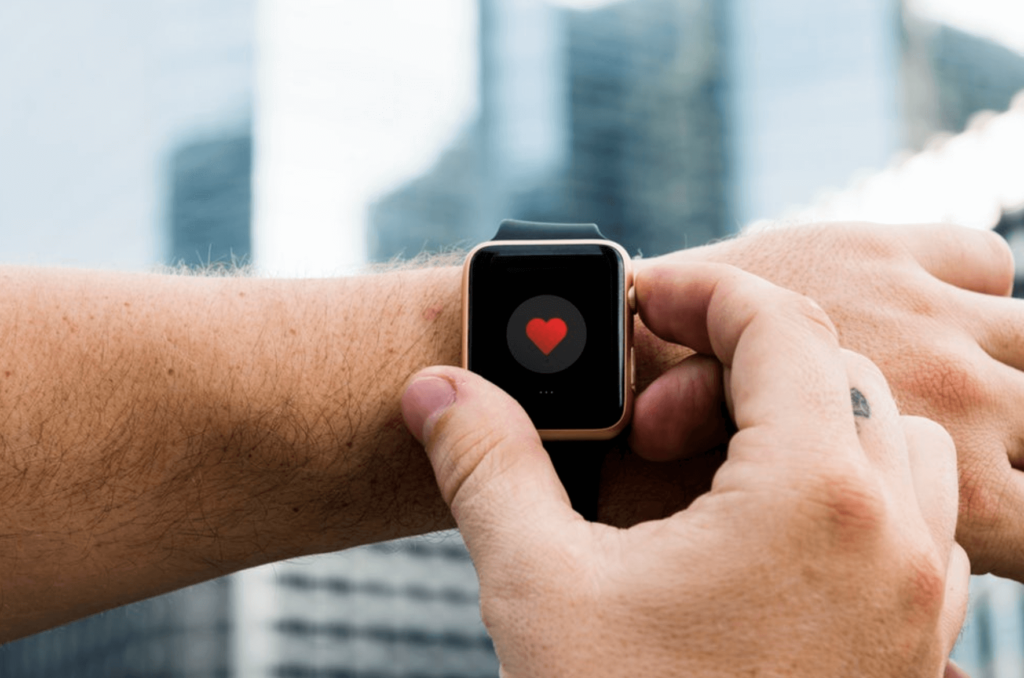
Preparation For Your PET/CT Scan
Why Would My Doctor Suggest Me for This Procedure?
The reasons for getting a PET-CT scan are constantly changing, with new methods of detecting a larger variety of illnesses and symptoms and the use of new radioactive materials. Nevertheless, most PET scans are performed on cancer patients. PET-CT is useful for diagnosing certain malignancies and determining their distribution throughout the body. This will help your doctor to decide the best treatment for you and inform you of your alternatives. Scans are also performed at regular intervals to see if the malignancies have reacted to your therapy.
How Should I Prepare for My PET Scan?
You will be given particular instructions based on the type of PET scan you are having. If you have any questions concerning the preparation process, contact the facility where your PET scan will take place.
It is critical that you inform the professionals at the hospital or radiology institution where you are getting the scan that you are (or suspect you are) pregnant or breastfeeding.
Women who are breastfeeding and persons who are the primary or sole carers for small children may need to make specific arrangements for following the test, such as discontinuing breast-feeding for a short period of time and avoiding close contact with young children. This is due to the little amount of radioactivity that your body may emit for a long after the test. For further information, speak with your referring doctor or the nuclear medicine centre where the test will be performed.
Bring any prior X-ray or radiology pictures with you to your session; comparison with them by the nuclear medicine physician (a specialist doctor) who examines and analyses your PET scan might be quite beneficial.
For an FDG PET-CT, you will be requested not to eat for several hours before the scan, since this may alter your sugar metabolism and impair the quality of the images. Drinking water is both permissible and recommended to keep you hydrated. If you have diabetes, you will be given particular instructions and may need to cease taking certain diabetic medications before the scan.
You should wear comfortable, loose clothing and will often be changed into a hospital gown. It is critical that you do not wear metal, such as jewellery, watches, zips, or bra hooks, since they might degrade the quality of the photos created.
What Occurs During the PET Scan?
When you arrive at the hospital or radiology centre, a nurse or nuclear medicine technologist will explain the procedure and get you ready for the PET scan. You’ll be asked to change into a gown. A tiny needle will be put into a vein, often in your arm or the back of your hand, to connect an intravenous line (a thin plastic tube) through which the liquid radioactive substance will be delivered. A brief medical history will be obtained to guarantee that the optimal (or best) scanning approach is utilised and to aid in later picture interpretation. Your blood sugar level will be examined since high or low blood sugar levels might affect the appearance of the scan. The radioactive material is subsequently administered into your vein via an intravenous line.
If you are having an FDG-PET scan, you will be requested to sit quietly in a bed or armchair for 90 minutes, without moving or talking. During this period, you will be alone. You may be asked to drink some contrast material, which passes through your stomach and bowel and improves image quality. Depending on the medical condition or symptom, a catheter (a thin flexible tube) may be inserted into your bladder to increase picture quality.
You will then be taken to the scanning room and placed on the PET scanning bed. Movement can impair picture quality and cause unclear images, thus it is critical to keep as motionless as possible during the scan. If you are uncomfortable after being positioned on the bed, please notify the nurse or technician.
If you’re getting a PET-CT, the CT scan comes first and takes less than 2 minutes. The PET scan takes about 15-20 minutes, however this might vary depending on the sections of your body being examined.
The IV line will be removed before you depart. You should drink lots of fluids when the exam is completed. This will drain the radioactive chemical out of the body through the kidneys and bladder.
Important information.
Do:
- If you are pregnant or breastfeeding, please call us ahead of time for your radiological exam.
- Drink more water the day before and after your scan.
- Drink plenty of PLAIN WATER before going for the scan.
- Dress warmly and comfortably. The scanning room is chilly.
- Medications (with the exception of diabetic medications) can be taken with plain water at any time, as long as they can be taken without food.
- Eat, drink (except water – DO DRINK WATER), chew gum, or use breath mints (even sugar-free options) for 4 hours before the exam.
- Caffeine and heavy exercise should be avoided for 12 hours before the exam.
- Insulin and diabetes medications should not be taken within four hours of the assessment.
Other Considerations:
Diabetics are encouraged to phone the Centre for particular advice. For more information, consult at Alpac Health Center.
